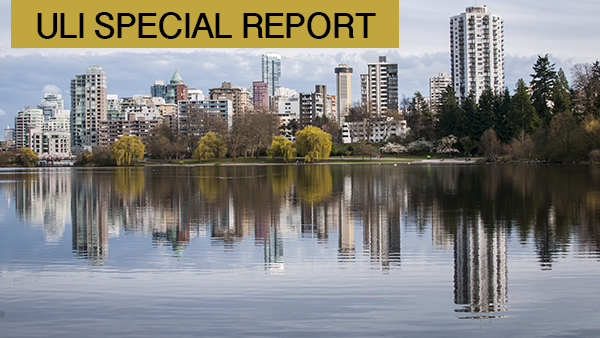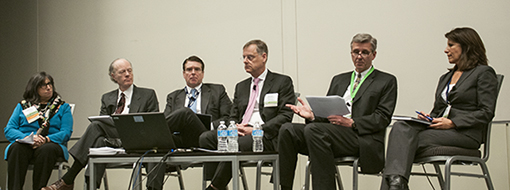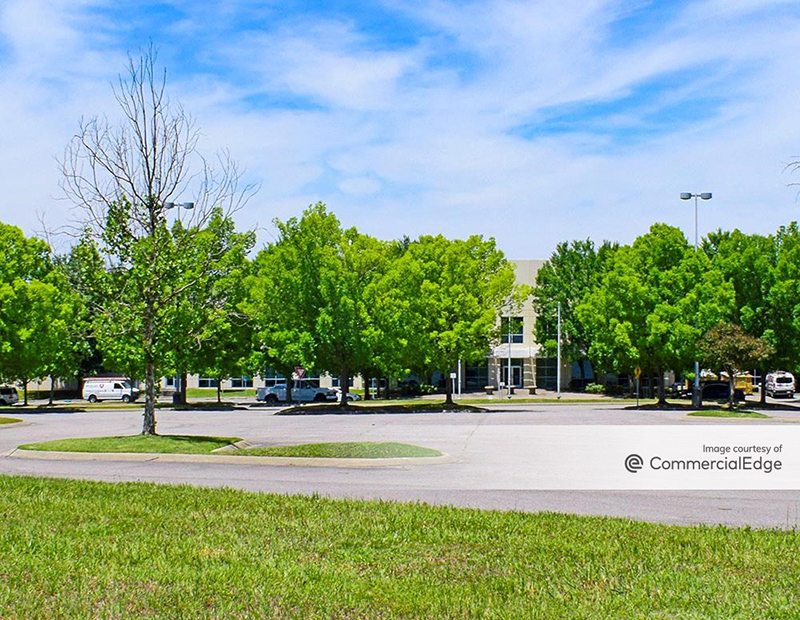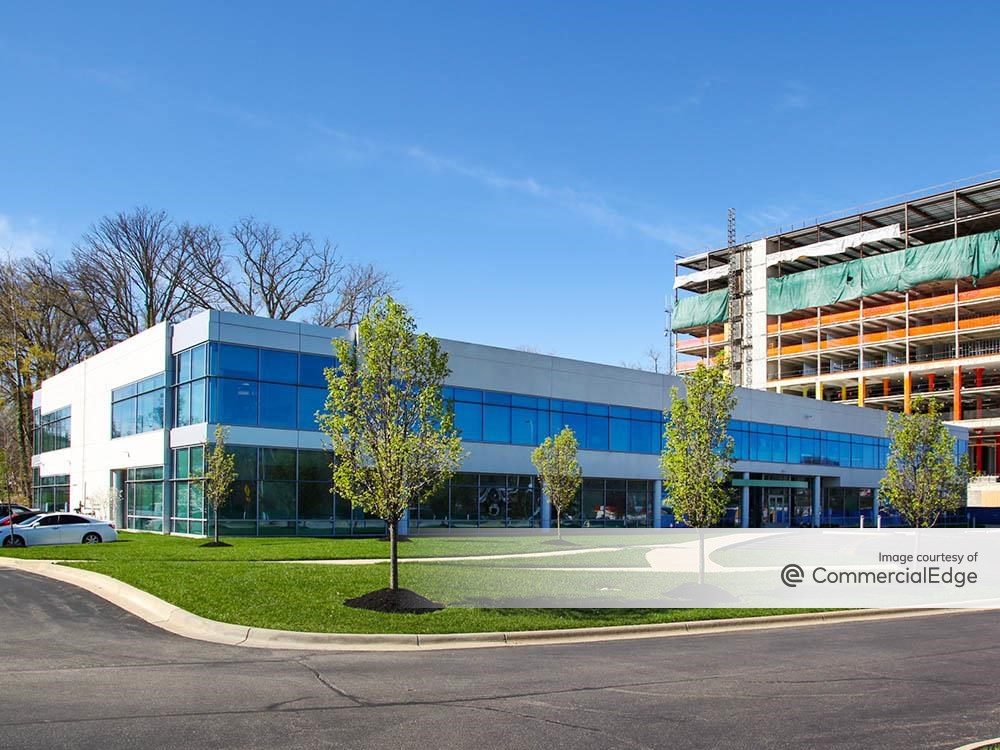ULI Special Report: Business Case for Resiliency
As the frequency and intensity of catastrophic natural disasters increase, the real estate community has shifted the focus on how to build and retrofit cities to withstand their impacts. Mike Ratliff reports from ULI in Vancouver.
Mike Ratliff, Senior Associate Editor
 As the frequency and intensity of catastrophic natural disasters increase, the real estate community has shifted a focus on how to build and retrofit cities to withstand their impacts. Some of the leading thinkers met this week at the ULI Spring Meeting in Vancouver to discuss how developers, municipalities and the public can initiate plans to mitigate the damage and bounce back quickly from events such as floods, draughts, hurricanes, tornadoes and wildfires.
As the frequency and intensity of catastrophic natural disasters increase, the real estate community has shifted a focus on how to build and retrofit cities to withstand their impacts. Some of the leading thinkers met this week at the ULI Spring Meeting in Vancouver to discuss how developers, municipalities and the public can initiate plans to mitigate the damage and bounce back quickly from events such as floods, draughts, hurricanes, tornadoes and wildfires.
Richard Barkham, group research director at Grosvenor Group, defined resilience as the ability of a city to avoid or bounce back from an adverse event. His group published a report this week rating the world’s most and least resilient cities. The highest scoring cities had low vulnerability to climate, environmental, resource, infrastructure and problems, as well as high adaptability resulting from government, planning, funding, technology and local institutions.
Interestingly enough, the data collected in Grosvenor’s study found that there was a relationship between resiliency and value—that is there was a trend between high cap rates and areas of lower resiliency and vice versa.
“These cities that don’t have a resiliency offer are going to begin to find themselves rationed as far as capital is concerned.” Barkham said. “They simply are not going to be able to access the global capital flows.”

From left to right: Debbie Orshefsky (moderator), Greenberg Traurig; John McIlwain, ULI; Jeffrey Alpaugh, Marsh & McLennan Cos.; Richard Barkham, Grosvenor Group; Dean Schwanke, ULI;Susan Anderson, City of Portland.
These sentiments were echoed by John McIlwain, senior resident fellow and J. Ronald Terwilliger chair for housing at ULI, who added that property values have begun to reflect their resiliency.
“Some property values are rising because they are located in places that are resilient,” McIlwain said. “Some are going to go down because of changes in building codes or zoning. Appraisers are going to start taking this into account. Lenders are going to to have to take into account the likelihood of catastrophic events at your property going forward.”
McIlwain added that developers and investors will keep close tabs on flood maps that are evolving as scientists update their sea level projections. Navigating the lines as they are drawn and redrawn in a dance between scientists and politicians will prove no easy task. The real estate industry has its own innate challenges due to the nature of forward planning. Projects generally take between three to five years from inception to completion, but appraisers and lenders are starting to think about site conditions not just in 2020, but out to 2030 and 2040. One thing we can expect, according to ULI’s new white paper on creating resilient communities, is an increase in uncertainty as extreme weather events become the norm.
“We all know that things are changing, but new hints are showing that things are changing in unpredictable ways,” McIlwain added. “Resiliency is how we prepare for unexpected events, building communities that can bounce back, where the loss of life and property is reduced. It is also about bouncing forward, creating communities that can anticipate what may happen.”
Jeffrey Alpaugh, managing director and global real estate practice leader at risk management firm and insurance brokerage Marsh & McLennan Cos. presented some striking data on just how important resiliency is. Ten of the 12 most costly hurricanes in insurance history occurred in the past nine years. In addition, there is a clean upward trend in both insured and overall loses over the past 30 years.
“Windstorms in general are responsible for more than 75 percent of catastrophic loses from 1993 to 2012,” Alpaugh said. “Part of this is due to how coastal exposure has grown over time. In 2012, New York surpassed Florida in having the greatest amount of total insured value on coastal exposures. The total insured value over time has significantly increased. Texas is very exposed as well.”
According to Alpaugh, underwriters are focused on the potential impact of wind storms in the North East in the wake of Superstorm Sandy. Investors are even starting to ask about the maximum impact wind damage can have on their portfolios. The risk presents a major concern to lenders as well.
That said, insurance premiums have remained stable in the wake of 2012, which saw 905 natural disaster events and roughly $65 billion in insured loses globally. This was in part due to a relatively benign 2013, with 880 natural disaster events and just $34 billion in insured loses globally.
“The insurance industry has weathered the storm and rates are steady,” Alpaugh added. “As we sit right now the industry is incredibly capitalized and there is a tremendous amount of supply.”
When it comes to preparing local municipalities to avoid major loses, a great first step is creating a culture that supports resiliency. Susan Anderson, director of the City of Portland Bureau of Planning & Sustainability, added that resiliency is something that everyone can understand and get behind.
“There is a much wider desire to move on this quickly,” Anderson said. “Resiliency is something that most communities understand as a core value. While you can always regulate, and get the codes right and look at zoning, another effective route is pushing the market in the right direction by recognizing business and residents that are doing the right thing, which has proven tremendously effective in the green building arena.”
One of Portland’s successes on the resiliency front has been a program to incentivize the weatherization of homes. While the population was hesitant to pay the cost upfront, the program allowed residents to pay over time through their utility bill. There is a now a similar pilot in place for seismic retrofits. Portland has also saved $60 million on a separating storm water from swears by combining green infrastructure with grey infrastructure instead of going with just a traditional piping route.
But Anderson points out that resiliency goes beyond the physical space and into the neighborhood. Her department has developed a tool to map city’s 90 neighborhoods on a set of factors including sidewalks, proximity to transit, bike paths, schools, proximity to retail and food carts. The goal is to understand how people might need to access services should a huge storm knock out power and road access. This tool has been shared with Memphis, and Anderson believes that trading resources across municipalities in imperative for resiliency initiatives. Based on how our government functions, Anderson also said that cities are the first step to a national resiliency program.
“Cities are where the action is. It is not going to be something that a state or federal government initiatives,” Anderson concluded. “We are going to make the changes because it is going to be an economic benefit to our city. It is predominately—unfortunately—going to be an economic reason. Still, we are going to make change by showing why this is the case.”







You must be logged in to post a comment.